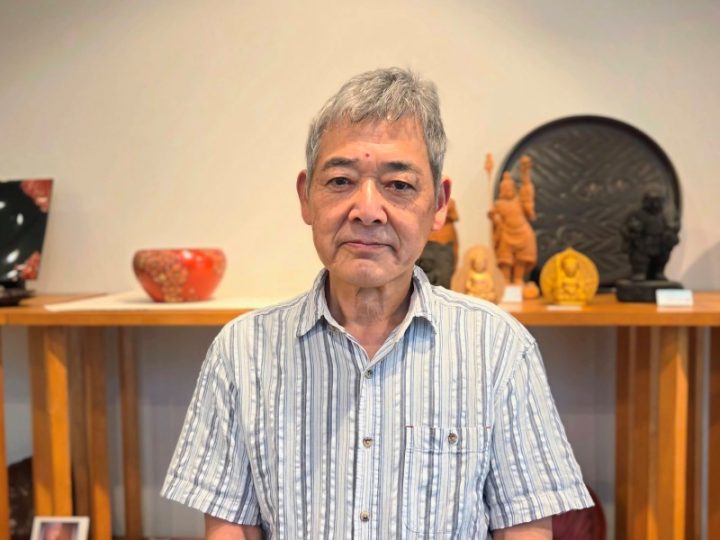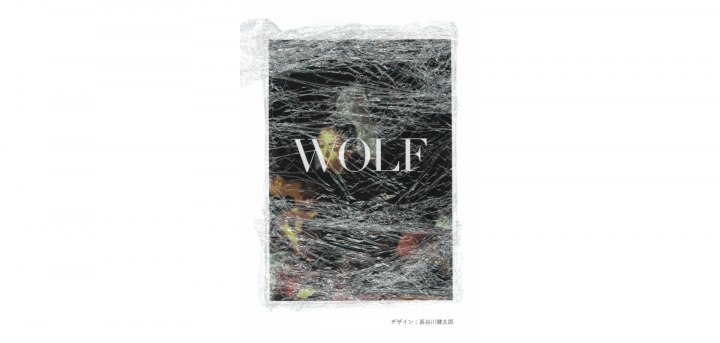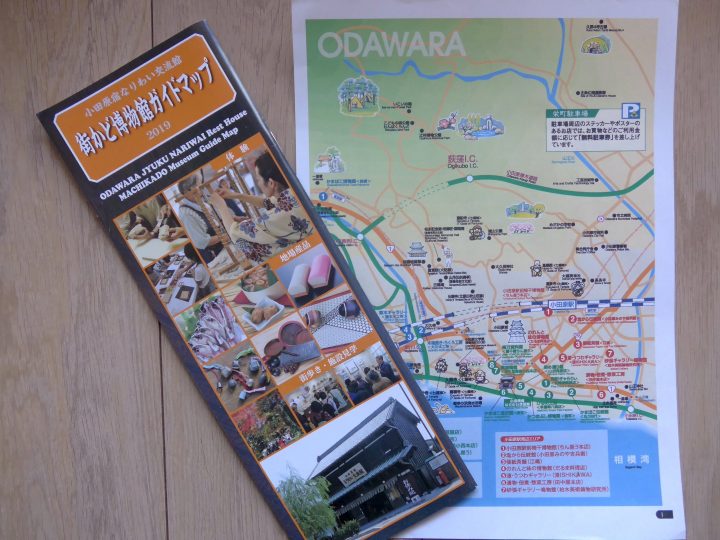Unforgettable Experiences: Art Workshops in Kanagawa
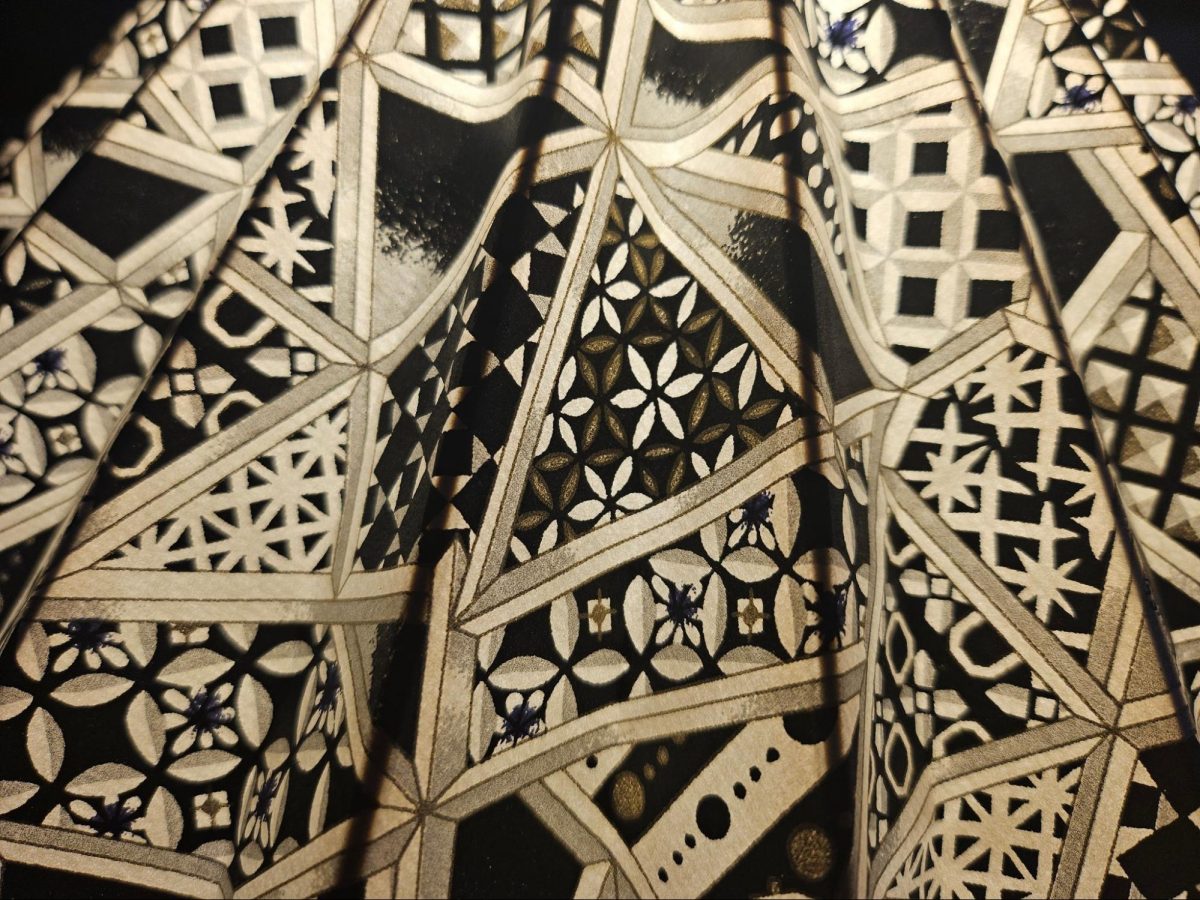
Visiting Kanagawa opens up your time in Japan to a whole new world of sights, flavors, and cultural touchpoints, but nothing is quite as immersive as experiencing the region’s traditional crafts, whether you’re admiring the techniques of Japanese pottery or the delicacy of hand-crafted glass.
From dyeing traditional flags and personalizing your own Japanese lampshade to painting a vibrant Daruma doll, here are a selection of our favorite hands-on workshops you should try in Kanagawa. Not only will you make new memories, meet the locals, and learn more about this country’s fascinating history, but you’ll also take home a one-of-a-kind souvenir to remember your trip by.
So, roll up your sleeves—we’re about to get our hands dirty with these Japanese crafts.
Mitomi Dye Shop: Flag dyeing experience
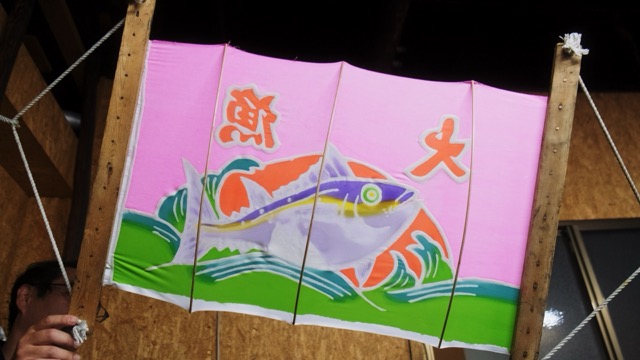
For an experience steeped in history and color, try dyeing full-size and mini tairyo-bata finishing flags at the Mitomi Dye Shop in the coastal city of Miura. This particular dye shop has been around since 1833, painting images of Edo-period (1603-1868) craftsmen and creating beauty within the strict regulations of the Edo Shogunate.
The tairyo-bata of Misaki—Miura’s southernmost port town—is one of the Top 100 Picks of Kanagawa’s Local Specialties. Translating literally to “big catch flag,” these flags were originally used by traditional Japanese fishing boats to signal a large fish haul, notify the port, and wish for safe voyages. Today, they are used to decorate boats at festivals and events, and also given as gifts for new babies, marriage, and 60th birthdays.
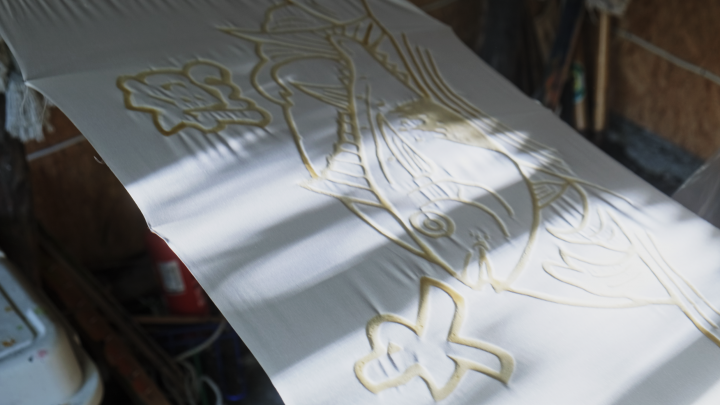
A tairyo-bata fishing flag waiting to be dyed
Each and every one of the flags are handmade with traditional techniques passed down from the Edo period, and now you can make your very own.
In just six simple steps, you’ll have a truly unique souvenir:
1. Choose from four designs*: Tuna, sea bream, whale, or swordfish set against a sunrise background.
*Between December and March, you can also choose a Chinese Zodiac design.
2. Norioki: Glue is applied to areas where you don't want to dye, so that when the dye is painted on later, these areas remain white.
3. Coloring: Paint dye onto your design, bringing your flag to life!
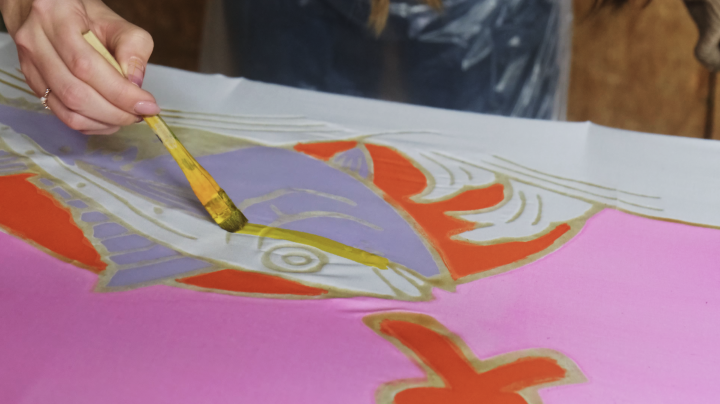
A tairyo-bata fishing flag being painted
Technically, this is where your experience ends! But there are three more steps before your finished flag will be delivered to you:
4. Noriotoshi: The process of washing off the glue.
5. Drying: Hanging your dyed flag out to dry.
6. Sewing: Your flag’s fabric will be sewed at the edges for that craftsmanship seal of approval.
To see pictures of every step, head to Mitomi Dye Shop’s official website.
How to get to the Mitomi Dye Shop
The shop is located in Misaki Fishing Port, which is famous for its tuna. From Misakiguchi Station, catch a bus towards Jogashima (城ヶ島) and hop off at the Hinode stop after about 18 minutes and 11 stops. It’s just a one-minute walk from this stop.
Shonan Wagasa Ei Yuu: Lampshade crafting experience
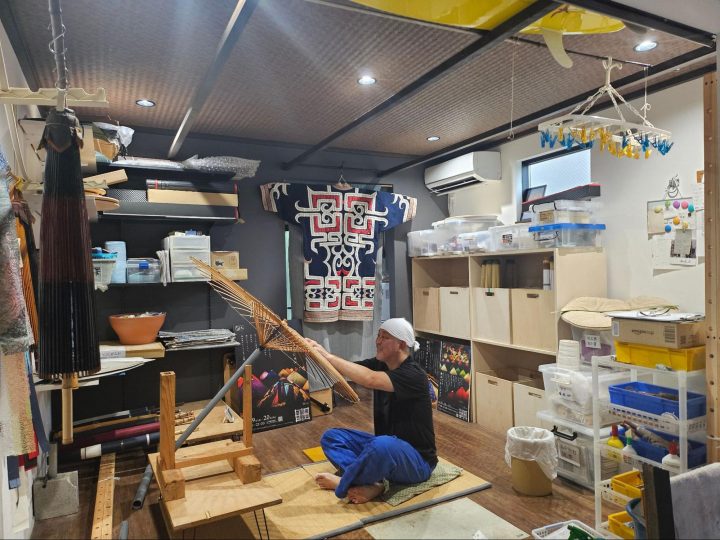
Hidenori Sugizaki is hard at work on a traditional wagasa umbrella
We’re heading over to Hiratsuka for our next traditional craft… Wagasa (traditional Japanese umbrellas)! Not too far from the waters of Hiratsuka’s beaches is Shonan Wagasa Ei Yuu, the only studio in Kanagawa still making their wagasa entirely by hand.
These delicate umbrellas once provided cover from the rain for graceful geisha and iconic samurai of the Edo period (1603–1868), gradually reaching the masses in the latter half of this period. As a result, what was once a thriving industry across the country is now only a handful of traditional craftsmen, doing their best to keep this beautiful, patient skill alive.
These days, as the charms of these traditional Japanese umbrellas (and lampshades, by the way) are being rediscovered, wagasa masters like Hidenori Sugizaki are opening their workshops to travelers and teaching them the ways of wagasa. Even now, they still use the authentic materials of those who came before, including bamboo, wood, and distinctly Japanese materials like washi paper and mizuhiki cords.
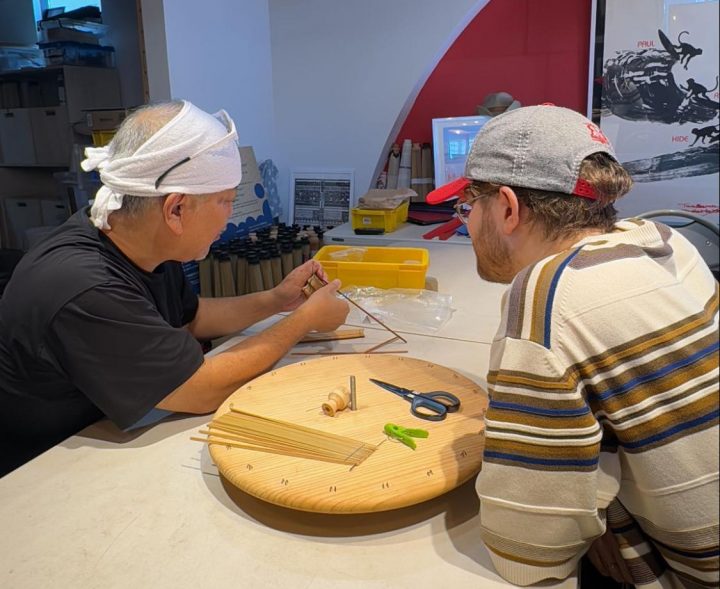
Hide teaching a workshop participant how to begin crafting a lampshade
Firstly, you’ll choose from a wide selection of washi paper patterns for your traditional lampshade. This will make up the majority of your design, so you’ll want to take your time—in fact, previous guests have taken up to 30 minutes with this decision alone, so there’s no rush.
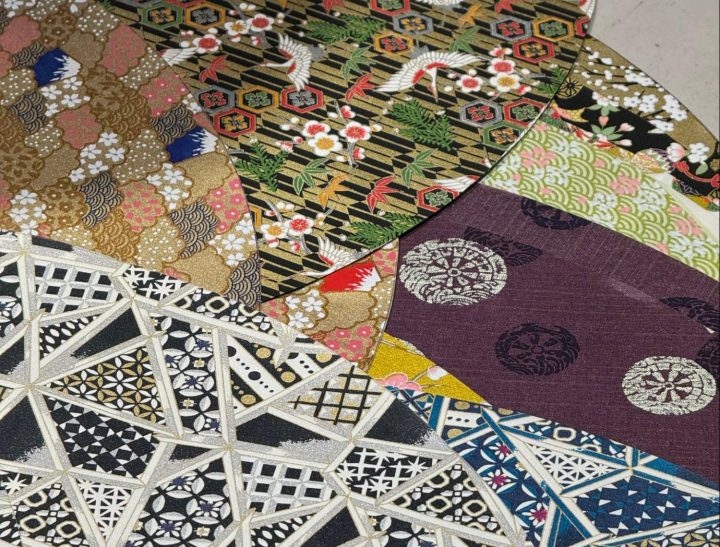
A selection of unique, diverse patterns to choose from
Next up, begin to thread the “spokes” of the lampshade—known as the kobu (small ribs)—into the rokuro (wheel). This involves a needle and thread, along with patience and focus, and you’ll soon find yourself slipping into a trancelike state of an Edo-period craftsman.
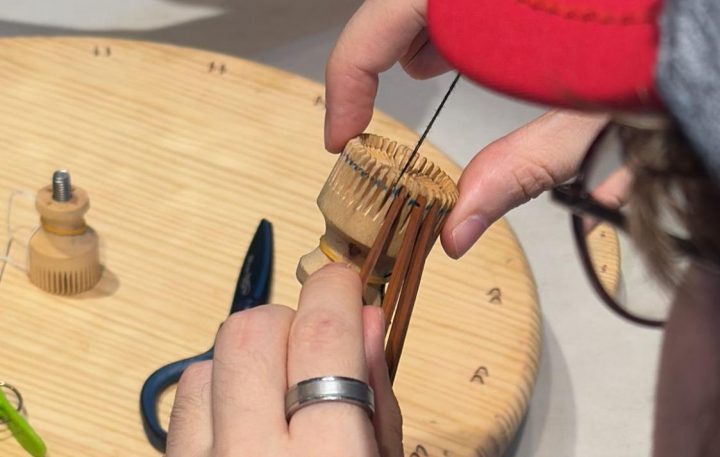
Threading the lampshade’s spokes into the wheel
Once that’s complete, choose the edges of your lampshade. Choose the colors while considering the contrast with the design you selected earlier—the colors can either highlight the main washi paper or create a unified look with similar tones, allowing your individuality to shine through. Cut them down to size, and create the edge by folding the washi paper over the string and gluing it together. Again, this takes a steady hand and careful, confident movements—all under the warm and watchful eye of Hide.
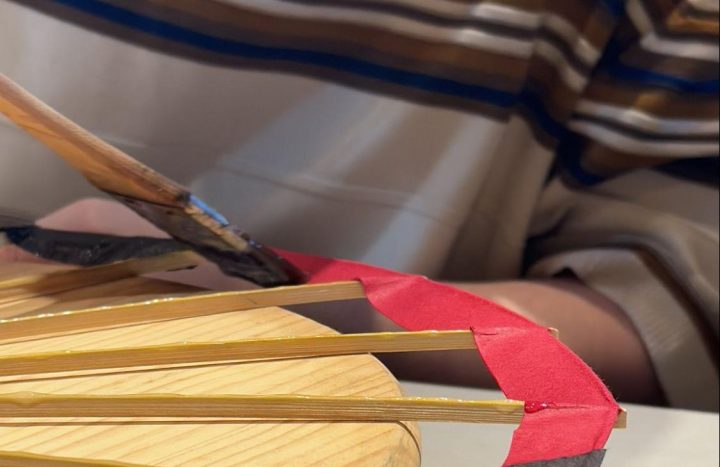
Glueing the edge of the lampshade together
Next up, it’s time to glue the patterned washi paper you first chose onto the skeleton of the lampshade, if you will. Once again, this involves a steady hand and generous dollops of glue. While it dries, which can take one to two hours, you can go for lunch! Hide will recommend—and potentially even guide you—to local restaurants, with many visitors opting for a meal consisting of Hiratsuka’s famous seafood.
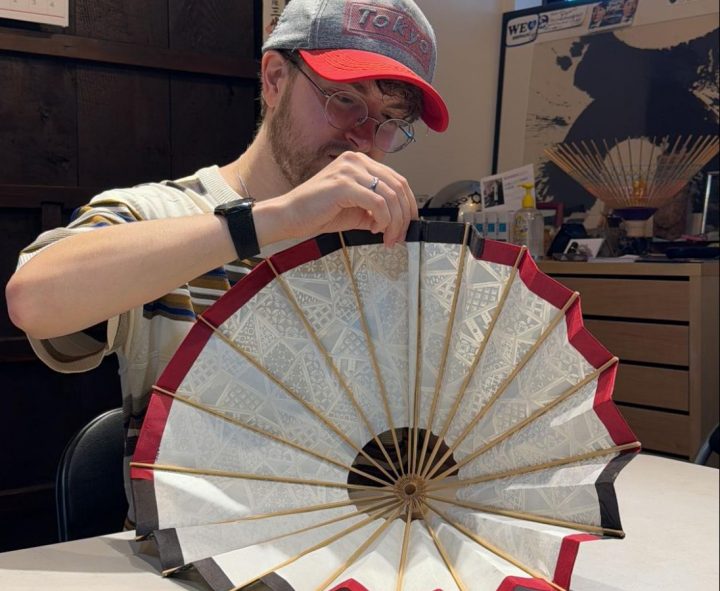
Creating the folds in the lampshade’s material
Upon your return, it’s time for the finishing touches:
- Crimping the main body and outer part of your lampshade, to help it fold.
- Choose two washi paper designs for the kappa, a small bit of material that covers the wheel at the top of the lampshade—a material you’ll be folding into a specific pattern, like origami.
- Tying the kappa to the wheel with a mizuhiki cord that you once again choose the color of, to finalize your design.
And, before you know it, voila! You’ve created a Japanese lampshade that’s truly yours. You chose the pattern, the colors, the ties, and you made it with your very own hands. What began as a fun, new experience becomes so much more—connecting you with generations of Japanese wagasa artisans throughout the ages.
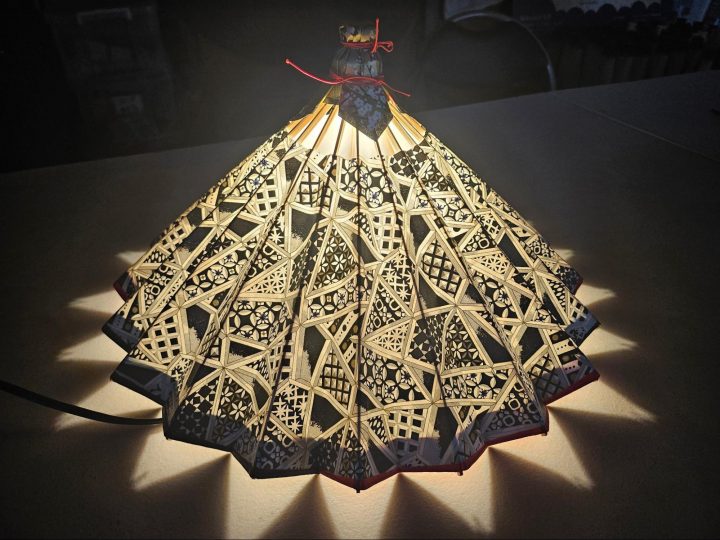
The finished lampshade, illuminated at Shonan Wagasa Ei Yuu
Although Hidenori offers both a shorter course (three hours) and full course (five hours), it’s recommended that you take the longer course to fully experience this memorable workshop. Wagasa capture the elegance of a bygone era, and only by taking the time to craft something for yourself, will you be able to appreciate every pattern and fold.
How to get to Shonan Wagasa Ei Yuu
One option is taking the JR Tokaido Main Line from Tokyo to Hiratsuka Station and walking for 20 minutes. Or, if you’d prefer to catch the bus, you can take the bus to the Takahamadai (高浜台) stop from the south exit of Hiratsuka Station (平塚駅南口). It will take seven minutes and then it’s just a four-minute walk from the bus stop to the workshop.
Arai Daruma Store: Daruma painting experience
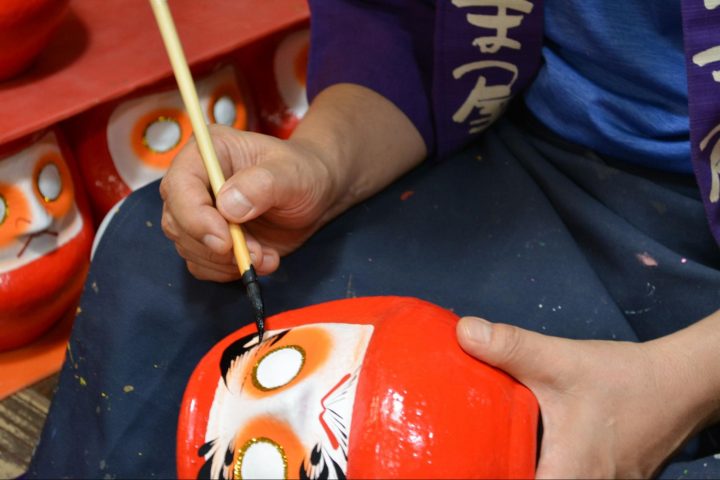
A craftsman painting the eyebrows onto a Daruma doll
Have you ever heard of Japanese Daruma dolls? They’re a traditional Japanese good-luck charm—a hollow, round papier-mâché doll that represents Bodhidharma, the founder of Zen Buddhism, and have become a symbol of perseverance and good fortune in Japan. The doll's red color is a symbol of good luck—and one you’re likely to see throughout Japan—while other colors represent different blessings, such as health, wealth, love, or academic success.
Kanagawa’s Hiratsuka City even has a regional version of this beloved craft: the Soushu Daruma. They are characterized by their white faces, a Mt. Fuji-shaped mouth, an outline of the eyes made with gold leaf, crane-shaped eyebrows, and turtle-shaped whiskers. They’re also known for having gentle expressions, which are carefully painted by artisans, a tradition that has been continued and preserved for generations. Now, it’s your turn to give it a try at Arai Daruma Store, celebrating this 160th anniversary in 2025.
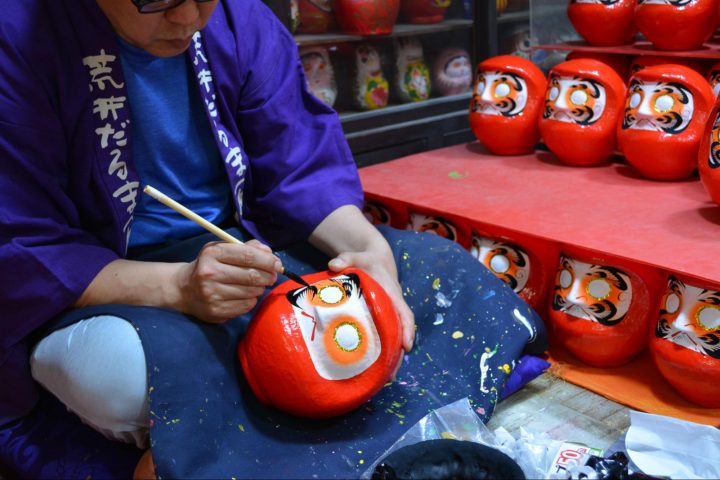
A Daruma doll being created at Arai Daruma Store
You’ll paint the Daruma’s body in striking vermillion or eye-catching gold, followed by painting on its unique features. But, as you may have noticed, you won’t paint both of the eye’s pupils just yet. As is the custom, you paint one of the doll’s eyes when you set a goal, and then paint the other eye once you’ve achieved that goal, expressing gratitude to the universe (and yourself) for the success.
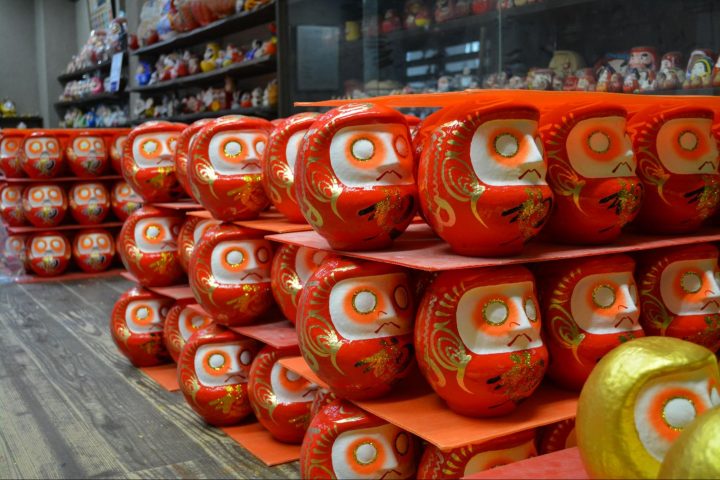
Daruma dolls lined up at Arai Daruma Store
So, not only will you have a hand-painted souvenir from your Japan trip, but you’ll also have a nudge in the direction of your next goal. That’s the beauty of painting your own Daruma in Kanagawa.
For more information, check the Arai Daruma Store’s official website.
How to get to the Arai Daruma Store
From Hiratsuka Station, head out of the north exit (平塚駅北口) and hop on the bus heading to the Hon-Atsugi Station South Exit (本厚木駅南口行). Stay on for eight stops and get off in front of Senzoin Temple (泉蔵院前). Then it’s just a one-minute walk to Arai Daruma Store.
平塚駅北口から出て、本厚木駅南口行きのバスに乗ります。8つ目の停留所の泉蔵院前で下車します。そこから荒井だるま屋までは徒歩わずか1分です。
Why join a workshop in Kanagawa?
You should join a workshop in Kanagawa to immerse yourself in unique cultural experiences. Kanagawa offers hands-on, memorable activities that combine traditional arts, culinary traditions, and beautiful landscapes, providing a creative and authentic experience.
Other benefits include:
- Making memories and filling your social media feeds
- Getting to know the locals on a personal level
- Taking home unique souvenirs that you made with your own hands
Join a wonderful workshop in Kanagawa
For the best souvenirs in Japan, join a workshop in Kanagawa and return with a heartfelt, handmade gift that will always evoke fond memories of Japan.
